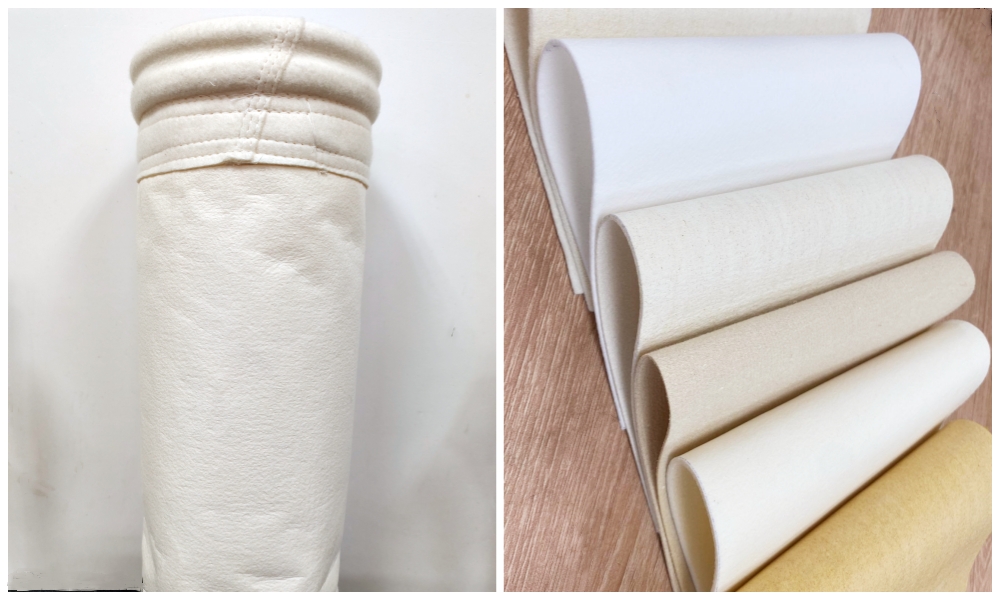
While the cement industry contributes greatly to infrastructure and economic development, it also faces serious challenges from dust pollution. The fine dust particles generated during production not only endanger workers’ health but are also a major source of air pollution. To achieve green transformation and sustainable development, choosing an efficient and reliable dust collection technology has become essential. Among various solutions, baghouse filtration technology has emerged as the mainstream choice due to its exceptional performance.
The core mechanism of baghouse filtration lies in using dust collection filter bags to separate dust from gas. As the dust-laden gas passes through the filter media, dust particles are captured on the surface of the bags, forming a “dust layer.” This dust layer itself enhances filtration performance, achieving deep purification and clean emissions.

In terms of efficiency, baghouse filters have achieved a remarkable breakthrough. With filtration efficiency exceeding 99%, they effectively capture both visible dust and ultra-fine particles that are harmful to human health. The final emission levels can easily meet or strict environmental standards, ensuring cleaner air and safer working conditions.
Another major advantage is its strong adaptability. Unlike electrostatic precipitators, dust collection filter bags are hardly affected by dust resistivity, chemical composition, or particle size distribution. Whether it is dust from raw material crushing, raw meal grinding, clinker cooling, or cement packaging, dust collection bags maintain stable and efficient operation. By selecting suitable filter materials such as P84 or PTFE membrane fabrics, they can also withstand high temperature, high humidity, and corrosive environments.
Moreover, baghouse filter bags are easy to operate and maintain. With a simple structure, most maintenance involves regular inspection and replacement of filter bags. Thanks to the continuous development of advanced filter media, modern bags now offer longer service life and lower operating costs, minimizing downtime and improving long-term performance.
In conclusion, baghouse filtration stands out with its high collection efficiency, low emission levels, strong adaptability, and ease of maintenance. It fully meets the cement industry’s demands for environmental protection, energy efficiency, and sustainable production, making it an essential technology for the industry’s green transition.